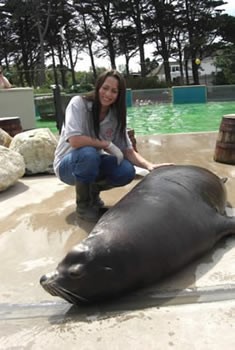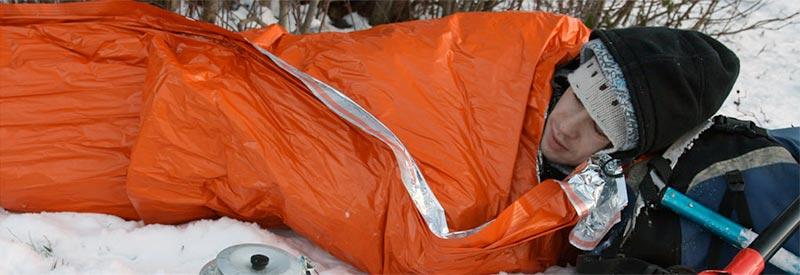The UK’s Marine Policy Statement advises that in addition to avoiding harm to the environment, marine developments should also include “beneficial features” for marine wildlife. However, much remains unknown about the potential for manmade structures to deliver ecological benefits and surrogate for natural rocky shore habitat. Our research investigates the role of coastal defences in providing substrate for marine plants and animals to colonise. It also explores the potential to manipulate structures in order to achieve more beneficial outcomes from coastal defence developments.
Read more »Case Studies: environment
The role of estuarine sediments as a reservoir for pathogenic microorganisms (Presentation)
Anthropogenic activity resulting from agriculture, storm water discharge and sewage treatment has a significant impact upon the transport of human microbial pathogens from catchment to coast. As the global climate changes and storm and flood events become more frequent, it is imperative that we understand how the increased flow of microbial pathogens from land to sea will affect human health and the environment.
Read more »Efficacy of Reflexcell survival products for protection of humans in extreme environments / Human health implications of Reflexcell products
Around a decade ago, mountaineers, expeditions to cold climates, or indeed anyone involved in outdoor activities took a polythene bivvy bag or a ‘space blanket’ with them for emergency use. These, at best, provided an extra water and windproof layer.
Now, led by Dr Sam Oliver of the University’s Extremes Research Group, PhD student Jennifer Brierley is undertaking collaborative research with Blizzard Survival, the inventor and manufacturer of a new material designed to aid survival in extreme conditions. Jennifer has been researching how effective the innovative material is in directing escaping body heat back into the body, preventing or delaying the onset of hypothermia in extreme conditions.
Read more »









